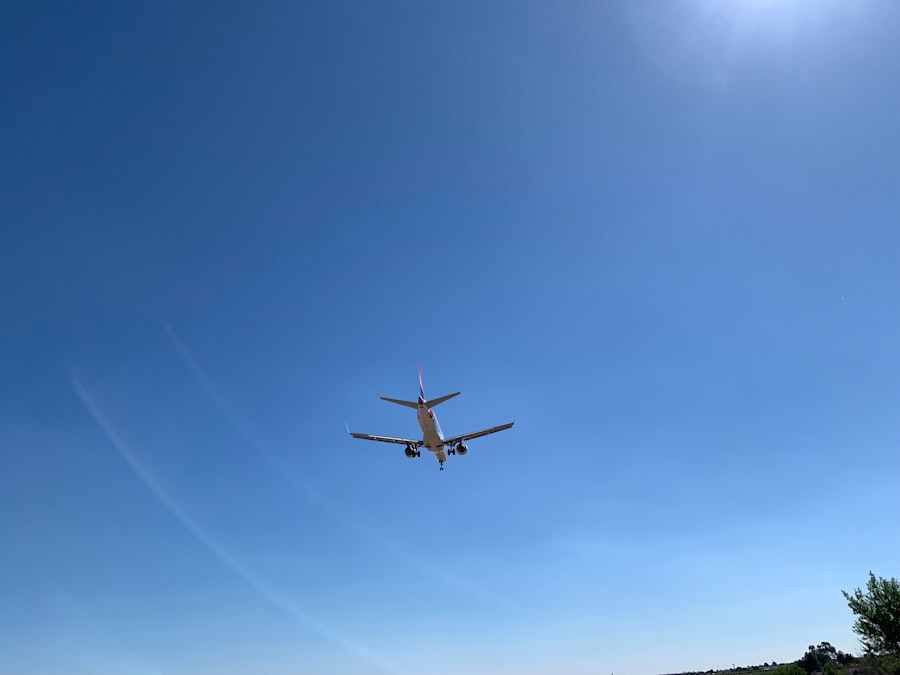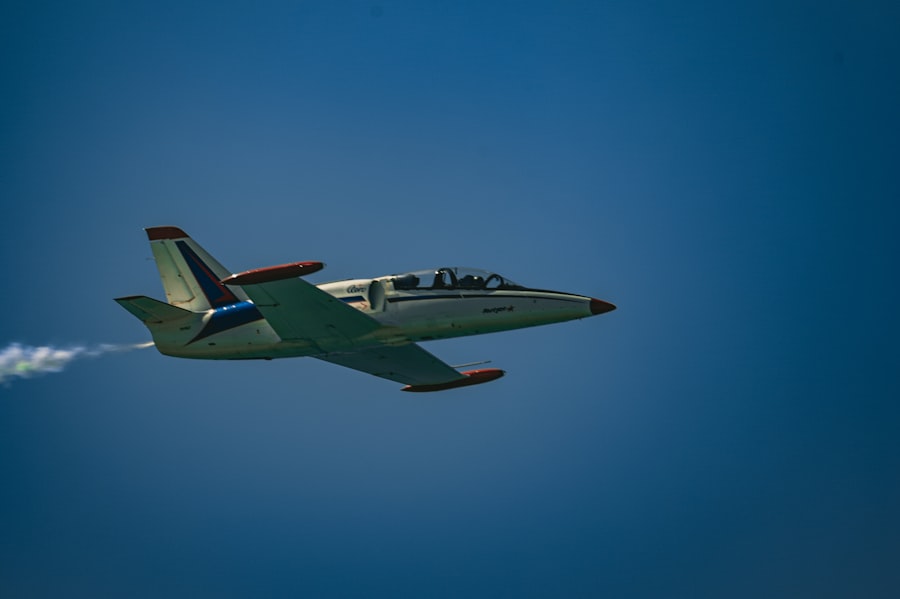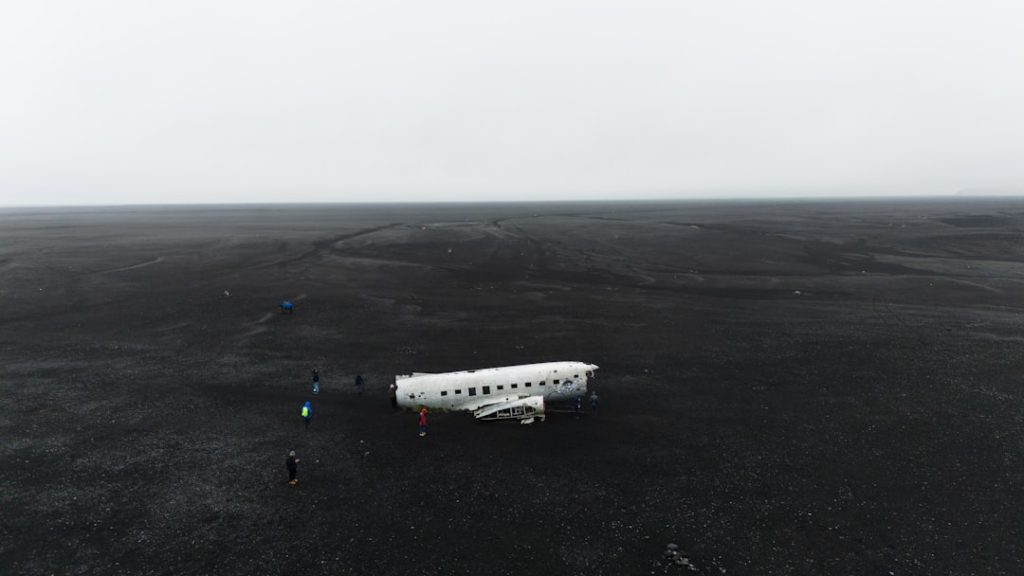Taking flight lessons offers a multitude of benefits that extend beyond simply learning how to operate an aircraft. For many, the thrill of flying is a lifelong dream, and embarking on this journey can be a transformative experience. One of the most significant advantages of flight training is the sense of accomplishment that comes with mastering a complex skill.
As students progress through their lessons, they gain confidence not only in their flying abilities but also in their decision-making and problem-solving skills. This newfound self-assurance can permeate other areas of life, fostering a greater sense of independence and resilience. Moreover, flight lessons provide an unparalleled opportunity for personal growth and exploration.
The aviation community is rich with diverse individuals who share a passion for flying, creating a supportive network for aspiring pilots. Engaging with fellow students and instructors can lead to lasting friendships and professional connections. Additionally, the experience of flying itself offers a unique perspective on the world.
From the cockpit, students can witness breathtaking landscapes and gain a deeper appreciation for the environment. This connection to nature, combined with the technical aspects of aviation, can inspire a lifelong commitment to learning and exploration.
Key Takeaways
- Taking flight lessons can lead to increased confidence, improved problem-solving skills, and a sense of accomplishment.
- When choosing a flight school, consider factors such as location, instructor experience, and the type of aircraft available for training.
- The cost of flight lessons can vary based on factors such as aircraft rental, instructor fees, and study materials.
- During your first flight lesson, you can expect to learn about pre-flight checks, basic maneuvers, and communication with air traffic control.
- Safety is paramount in aviation, so it’s important to choose a flight school with a strong emphasis on safety protocols and procedures.
Finding the Right Flight School
Selecting the right flight school is a critical step in the journey to becoming a pilot. With numerous options available, prospective students must consider various factors to ensure they choose an institution that aligns with their goals and learning style. One of the first considerations should be the school’s reputation and accreditation.
Researching online reviews, speaking with current or former students, and checking for endorsements from aviation organizations can provide valuable insights into the quality of instruction and overall experience. In addition to reputation, prospective students should evaluate the school’s fleet of aircraft and training resources. A well-maintained fleet equipped with modern technology can enhance the learning experience and ensure safety during training.
Furthermore, students should inquire about the qualifications and experience of the instructors. A knowledgeable instructor who possesses both teaching skills and real-world flying experience can make a significant difference in a student’s development. Visiting the school in person, if possible, allows potential students to gauge the atmosphere and culture, ensuring it is a good fit for their personal learning preferences.
Understanding the Cost of Flight Lessons

The financial aspect of flight training is often a significant concern for aspiring pilots. Understanding the costs involved is essential for effective budgeting and planning. Flight lessons typically encompass several components, including ground school instruction, flight time with an instructor, and solo flight hours.
The price can vary widely based on location, type of aircraft used, and the school’s pricing structure. On average, students can expect to pay anywhere from $150 to $300 per hour for flight instruction, which may include both ground and flight time. In addition to hourly rates, students should also consider other expenses such as textbooks, supplies, medical examinations, and examination fees for obtaining licenses.
Some schools offer package deals that bundle multiple lessons at a discounted rate, which can be an economical choice for those committed to completing their training efficiently. Additionally, prospective pilots should explore financing options such as loans or scholarships specifically designed for aviation students. Understanding these costs upfront can help students make informed decisions about their training path and avoid unexpected financial burdens.
What to Expect During Your First Flight Lesson
| Topic | Details |
|---|---|
| Duration | Typically 1-2 hours |
| Pre-flight Briefing | Introduction to the aircraft and its controls |
| Takeoff | Guided by the instructor |
| In-flight Experience | Practice basic maneuvers and handling the controls |
| Landing | Assisted by the instructor |
| Post-flight Debriefing | Review of the lesson and next steps |
The anticipation leading up to a first flight lesson is often accompanied by a mix of excitement and nervousness. Students can expect their initial lesson to be both informative and hands-on, providing a solid foundation for future training. Typically, the first lesson begins with an introduction to the aircraft and its controls.
Instructors will explain essential concepts such as pre-flight checks, basic aerodynamics, and safety protocols. This foundational knowledge is crucial for building confidence in the cockpit. Once the ground instruction is complete, students will have the opportunity to take to the skies.
During this first flight, instructors often allow students to take control of the aircraft under close supervision. This hands-on experience is exhilarating; it provides a tangible sense of what flying feels like. Students will learn how to perform basic maneuvers such as climbing, descending, and turning while receiving real-time feedback from their instructor.
The combination of theoretical knowledge and practical application creates an engaging learning environment that sets the stage for future lessons.
The Importance of Safety in Aviation
Safety is paramount in aviation, and understanding its significance is crucial for all aspiring pilots. The aviation industry has established rigorous safety standards and protocols designed to minimize risks and ensure safe operations. From pre-flight inspections to emergency procedures, every aspect of flight training emphasizes safety as a core principle.
Instructors instill in students the importance of thorough preparation and adherence to regulations, which are vital for maintaining safety in the air. Moreover, safety extends beyond individual actions; it encompasses a culture within the aviation community that prioritizes risk management and continuous improvement. Pilots are trained to recognize potential hazards and make informed decisions based on situational awareness.
This proactive approach not only protects pilots but also ensures the safety of passengers and those on the ground. By fostering a strong safety mindset during training, aspiring pilots develop habits that will serve them well throughout their flying careers.
Choosing the Right Type of Aircraft for Your Lessons

Selecting the appropriate aircraft for flight training is an important consideration that can significantly impact the learning experience. Different aircraft types offer varying levels of complexity, performance characteristics, and handling qualities. For beginners, trainers such as the Cessna 172 or Piper PA-28 are popular choices due to their stability and ease of operation.
These aircraft are designed with student pilots in mind, providing forgiving handling characteristics that allow learners to focus on mastering fundamental skills without being overwhelmed by advanced systems. As students progress in their training, they may have opportunities to fly more complex aircraft equipped with advanced avionics or higher performance capabilities. Transitioning to these aircraft requires additional training but can enhance a pilot’s skill set and prepare them for specific aviation careers or personal flying goals.
Ultimately, choosing the right aircraft involves considering factors such as personal comfort level, training objectives, and future aspirations within aviation.
The Different Types of Pilot Licenses
Aspiring pilots have several options when it comes to obtaining licenses, each tailored to specific flying goals and career paths. The most common entry-level license is the Private Pilot License (PPL), which allows individuals to fly for personal enjoyment without compensation. This license requires a minimum number of flight hours, ground school instruction, and successful completion of both written and practical exams.
For those interested in pursuing a career in aviation, obtaining an Instrument Rating (IR) is often essential. This rating allows pilots to fly under instrument flight rules (IFR), enabling them to navigate in various weather conditions using instruments rather than visual references alone. Additionally, commercial pilot licenses (CPL) are available for those looking to be compensated for their flying services.
Beyond these foundational licenses, there are specialized ratings such as Certified Flight Instructor (CFI) or Airline Transport Pilot (ATP) that further enhance a pilot’s qualifications and career opportunities.
Tips for Success in Flight Training
Success in flight training requires dedication, discipline, and effective study habits. One key tip for aspiring pilots is to establish a consistent study routine that balances ground school material with practical flying skills. Utilizing resources such as online courses, textbooks, and simulation software can reinforce learning outside of actual flight time.
Engaging with fellow students or joining study groups can also provide valuable support and motivation throughout the training process. Additionally, maintaining open communication with instructors is vital for progress in flight training. Students should feel comfortable asking questions or seeking clarification on challenging concepts or maneuvers.
Constructive feedback from instructors is invaluable; it helps identify areas for improvement while reinforcing strengths. Finally, cultivating a positive mindset and embracing challenges as opportunities for growth will enhance resilience during training’s inevitable ups and downs. By approaching flight training with determination and an eagerness to learn, aspiring pilots can navigate their journey toward becoming skilled aviators successfully.


